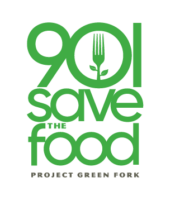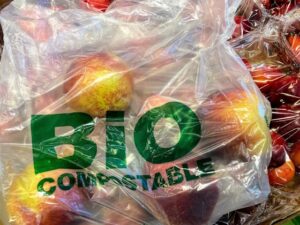In the culinary world, flavor and sustainability can go hand in hand – but chefs and restaurateurs must be intentional about their approach to both. As diners become increasingly conscious of their environmental footprint, kitchen staff are challenged to find innovative ways to reduce waste without compromising taste.
Food waste is a pressing issue in the restaurant industry, with an estimated 40% of food in the United States going uneaten each year. This not only wastes resources but also contributes to greenhouse gas emissions and landfill overflow. However, by right-sizing portions, restaurants can significantly mitigate these environmental consequences while operating more efficiently and economically.
At the heart of portion control lies the philosophy of balance: serving enough to satisfy the appetite and delight diners without excess waste. Mindful restaurants can minimize leftovers and encourage diners to savor every bite, fostering a culture of appreciation for both the food and the planet.
Below are some of our favorite tips to share with 901 Save the Food Challenge participants.
Embrace customization: Offer flexible menu options that allow customers to choose their portion sizes based on appetite and dietary preferences. This not only reduces food waste but also enhances customer satisfaction by catering to individual needs.
Consider data and feedback: Analyze waste assessment data from the Challenge and gather feedback from customers to identify popular dishes and portion sizes. Use this information to streamline menu offerings and adjust serving sizes accordingly – ensuring optimal utilization of ingredients.
Educate staff: This is a key approach in the Challenge. Train kitchen and serving staff on the importance of portion control and proper portioning techniques. Empower them to communicate portion options effectively to customers and encourage mindful consumption.
Get creative with leftover ingredients: Transform surplus foods into innovative specials or repurpose them in other menu items to minimize waste and maximize profitability. Whether it’s using vegetable scraps for stocks or day-old bread for croutons, there are endless possibilities.
In kitchens at home and in restaurants, every ingredient counts. By prioritizing portion control, restaurants can minimize waste, maximize flavor, and contribute to a more sustainable food system. With organizations like Project Green Fork and by choosing to take the 901 Save the Food Challenge, Memphis restaurants have the opportunity to make a meaningful difference for the planet. Together, we can savor the taste of sustainability, one thoughtfully portioned dish at a time.




